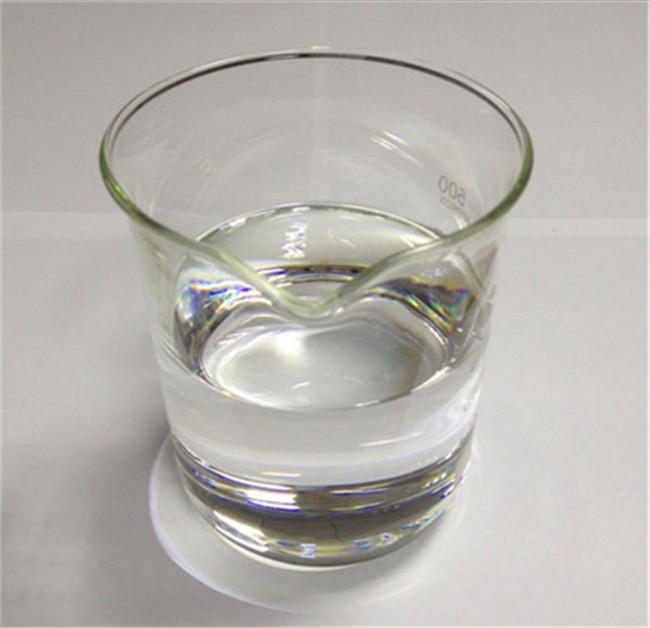Coupling agents are a class of substances with an amphoteric structure. Part of the groups in their molecules can react with chemical groups on the inorganic surface to form chemical bonds; Some groups have organophilic properties and can react chemically with organic molecules or produce strong intermolecular interactions, thereby firmly combining two materials with completely different properties.
Selecting the appropriate coupling agent can improve the dispersion state of the inorganic filler in the polymer matrix and improve the mechanical properties and performance of the filled polymer material.
1. General principles for selecting silane coupling agents
The hydrolysis rate of the silane coupling agent is determined by the silicon functional group Si-X, while the reactivity with organic polymers is determined by the carbon functional group C-Y. Therefore, it is crucial to select the appropriate silane coupling agent for different substrates or objects to be treated.
The method selected is mainly pre-selected through experiments and should be based on existing experience or rules. For example, under normal circumstances, unsaturated polyesters mostly use silane coupling agents containing CH2=CMeCOO, Vi and CH2-CHOCH2O-; epoxy resins mostly use silane coupling agents containing CH2-CHCH2O and H2N-; phenolic resins mostly use silane coupling agents containing CH2=CMeCOO, Vi and CH2-CHOCH2O-. Use H2N- and H2NCONH-containing silane coupling agents; choose vinyl silane for polyolefin; use hydrocarbyl silane for rubber vulcanized with sulfur.

Because the adhesion between dissimilar materials is affected by a series of factors, such as wetting, surface energy, interface layer and polar adsorption, acid and alkali effects , interpenetrating networks and covalent bond reactions, etc. Therefore, experimental preselection alone is sometimes not accurate enough, and the composition of the material and its sensitivity to the reaction of the silane coupling agent need to be comprehensively considered.
In order to improve hydrolysis stability and reduce modification costs, trialkyl silane can be incorporated into the silane coupling agent; for difficult-to-bond materials, silane coupling can also be used polymers cross-linked by a linking agent. When silane coupling agents are used as tackifiers, they are mainly achieved by forming chemical bonds and hydrogen bonds with polymers; wetting and surface energy effects; improving polymer crystallinity, acid-base reactions, and the generation of interpenetrating polymer networks. of.
Viscosification mainly revolves around three systems, namely:
(1) Inorganic materials versus organic materials;
(2) Inorganic materials versus inorganic materials;
(3) Organic materials versus organic materials.
For the first type of bonding, it is usually required to bond the inorganic material to the polymer. Therefore, priority must be given to the content of Y in the silane coupling agent and the content of the polymer. The reactivity of functional groups; the latter two belong to the bonding between materials of the same type, so the anti-hydrophilic polymer of the silane coupling agent itself and the silane coupling agent selected when inorganic materials require thickening.
2. Principles for selecting coupling agents
1. Silane coupling agents are mainly suitable for glass fibers and silicon-containing fillers, such as quartz, wollastonite, etc., and can also be used for some metal oxides and hydroxide, but not for CaCO3. The resin is mainly thermosetting resin.
2. Titanate coupling agents have a wide range of applications for fillers, such as CaCO3, titanium dioxide, etc., and can also be used in glass fibers. The resin is mainly thermoplastic resin.
3. Acidic fillers should use coupling agents containing basic functional groups, while alkaline fillers should use coupling agents containing acidic functional groups.
4. Adding amount of coupling agent. The dosage of silane coupling agent can be about 1% of the filler; the dosage of titanic acid is generally 0.25~2% of the filler.
5. Some surfactants will affect the performance of titanate coupling agents, such as HSt, etc., so they must be fully used in fillers, coupling agents, and resins. Mix and add.
6. Most titanate coupling agents are prone to transesterification reactions with ester plasticizers. Therefore, such coupling agents need to be coupled Add after adding the agent. The synergistic effect is good when titanate and silane coupling agents are mixed and added.

 微信扫一扫打赏
微信扫一扫打赏

